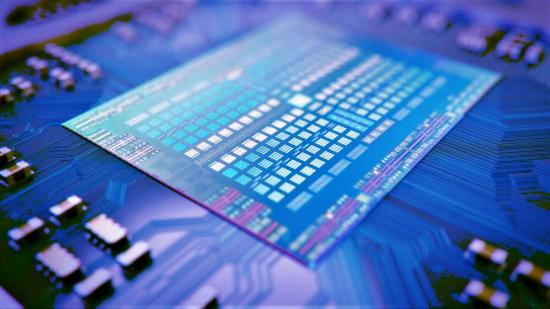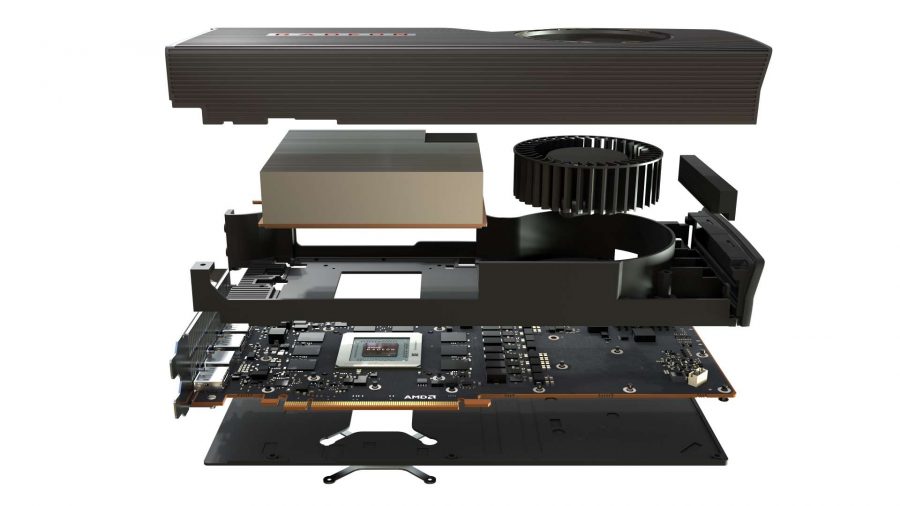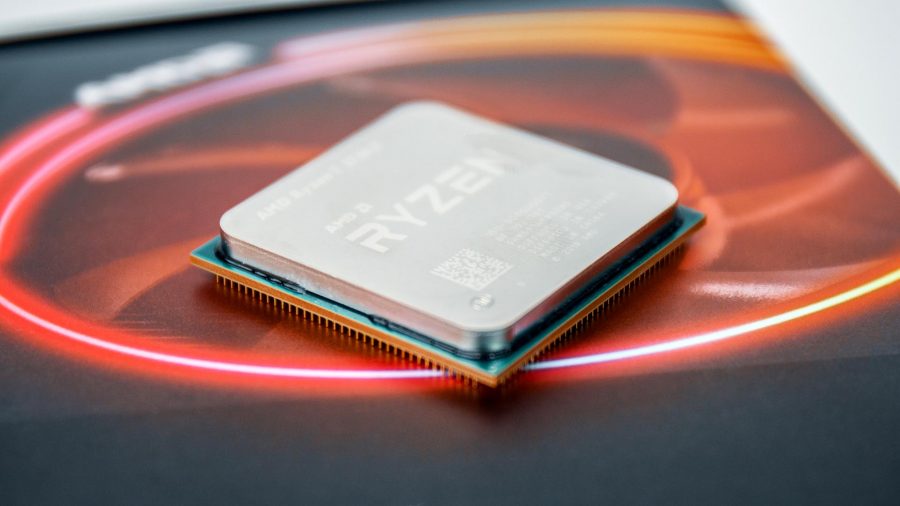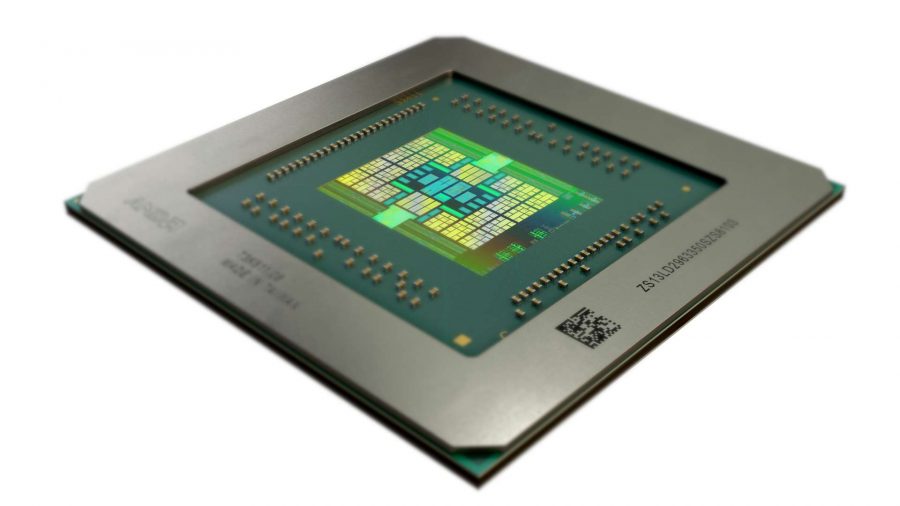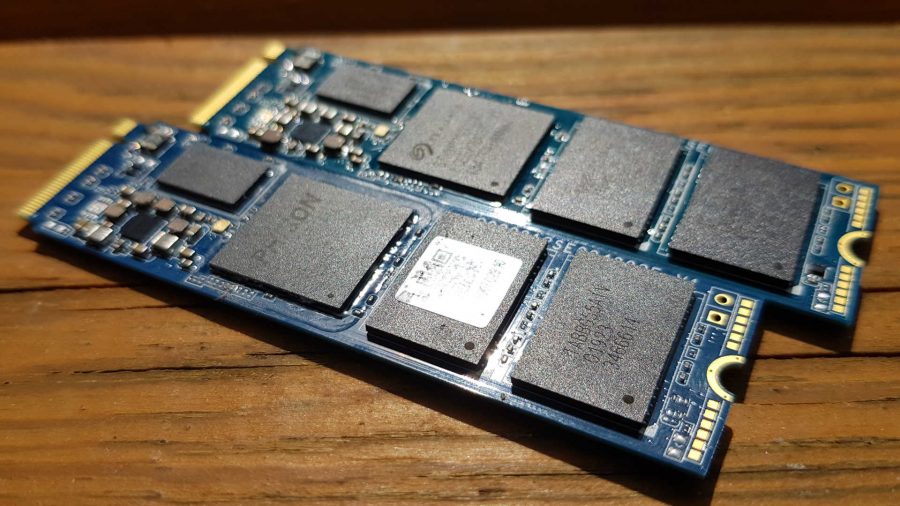Sony’s PS5 landed on shelves in November, 2020 with a launch price of $499. Now, that’s a lot of money for a console, but not a lot of cash to build a gaming PC, which prompts the question: how close can we get to the PlayStation 5’s specs if we were to put together a rig with today’s PC parts?
That’s going to be a tall order, considering that Sony’s working on tight margins and high volumes with AMD in terms of the custom CPU and GPU pairing, and it might be tough to bag a set of PC silicon with the same grunt, but we’ll see how close we can get…
It’s also worth mentioning that Microsoft has two new consoles out, with the Xbox Series X leading the charge packing relatively familiar – albeit slightly more powerful – AMD CPU and GPU tech. Both consoles are powered by the same AMD hardware, so will it be possible to spec out a PC to take on both of the current-gen consoles without breaking the bank?
The first thing that we need to figure out is what exactly we’re looking at in terms of the specs of the new PlayStation game box. We know it’s powered by AMD custom silicon, but what is the equivalent PC hardware?
With the release of AMD’s Radeon RX 6000 series, we already have PC silicon to match the PS5, as concepts brought to the red team by Sony are baked directly into its RDNA 2 architecture, according to PlayStation’s lead systems architect Mark Cerny. But where there isn’t a disparity in features with this route, there certainly is in price, which runs our budget into the ground. After all, AMD’s entry-level is currently the Radeon RX 6800 at $579 even if you could get your hands on it with current stock issues, meaning this isn’t an option just yet.

What are the Sony PS5 specs?
The PS5 comes with an eight-core CPU rocking last-gen’s AMD Zen 2 processor architecture, the same as you’ll find in the Ryzen 7 3700X. Paired with that is a GPU part that sports the RDNA 2 GPU architecture, offering real-time ray tracing support based in the hardware and a heap more optimisations to push it above and beyond the RX 5700 XT.
Much like the Radeon RX 6000 series, the PS5’s custom RDNA 2-based GPU houses 16GB of GDDR6, with all new memory architecture for XTREME BANDWIDTHZ.
The Navi-powered RX 5700, with its 36 compute units, comes in at a shade under 8TFLOPS at its boost frequency, while the RX 5700 XT, with 40 CUs, offers 8.2TFLOPs at its base clock speed. The PS5 will be rocking a 36 CU GPU with a variable frequency up to 2.23GHz – a touch more than the Radeon 5000 cards.
The PS5 is also rocking an SSD for the first time in a console, which initially led to some excitable statements about it offering “raw bandwidth higher than any SSD available for PCs.” To be fair, that claim was made before the Ryzen 3000 chips launched with a platform capable of running PCIe 4.0 solid state drives, so it’s likely not a claim it can make anymore.
Sony uses a custom flash controller on a 825GB drive to reach up to 5.5GB/s bandwidth on its miraculous custom SSD, so we’ll have our work cut out trying to match it exactly.
So, how do we get close to the PS5’s tech spec on PC, and stick to a budget? The closest you’ll be able to get in terms of a straight-up system-on-a-chip (SoC), like that which is going to feature in one form or another in both the PS5 and the Xbox Series X, will be the Ryzen 4000 Zen 2-based APUs.
Sadly, even though the Ryzen 4000-series APUs will feature more compute units in their GPU components than in previous generations, that’s still likely to be limited to around 8 CUs. And that will barely net you the same sort of GPU performance as the 10-year-old PS4. There’s also the fact that the graphics architecture is only going to have a scant few Navi features, with the actual chip being more closely linked to Vega.
So, we can forget that… we’re going to need both the best graphics card and best gaming CPU to match the PS5.
Sadly, AMD’s 3000 series hasn’t exactly seen the discounts we’d hoped after being dethroned by faster Zen 3 design. In fact, most have seen their prices skyrocket due to the increase in demand this year leaving shelves empty. Instead of the eight-core, 16-thread Ryzen 7 3700X dropping to the same $190 price tag of the Ryzen 7 2700X, the former sits at $330 much like it did a year ago.
Of course, this would be an overkill CPU in comparison with the PS5, which has the same essential core configuration but necessarily runs at a lower clock speed (3.5GHz). The PS5 might be monstrously big compared to other consoles, but its chassis is still small compared to a PC and the CPU needs to be happy chilling inside more thermally constrained environs.
The six-core, 12-thread Ryzen 5 3600 would still give you equivalent gaming performance because of its higher clock speed, but once again, it hasn’t dropped to $100 like the 2600 before it. No, it sits at more than double that currently, meaning we’re not shaving as much cash as we’d hoped and getting a PS5-equivalent GPU is tough enough without this hiccup.
As we mentioned earlier, getting a new AMD graphics card costs more than our entire budget. This means no gen-on-gen performance uplift or ray tracing capabilities if we stick with AMD, but the bad news doesn’t end there.
The Great Graphics Card Shortage of 2020, as it shall be known henceforth, has made it a battle to get your hands on a new GPU at retail price. If you manage to find one in stock and on shelves, most are instead eye-wateringly inflated.
Nvidia did manage to shock us with the value of its 30 series cards compared to previous generations, but with the RTX 3060 Ti currently guarding the gates to enter at $400, this is similarly not an option. The 20 series isn’t particularly known for its value, either, and is also suffering from stock issues.
So, we’re left with the RX 5700 as our equivalent in all its $400 glory at the time of writing, meaning our budget is entirely spent on the CPU and graphics card without factoring in the chassis, PSU, 4K Blu-ray player, 500GB PCIe 4.0 SSD, 8GB of DDR4 memory, and the best gaming motherboard for the job. We can forget spending on a Windows license, though, because the PS5 runs on Linux so we can get that for free – all it’ll cost us is our sanity as we try and manage the vagaries of the terminal and getting Proton to work okay.
Rounding up the components that aren’t suffering from shortages, you can grab an ASRock B450 for $60, a Corsair 100R chassis for $54, 8GB of Patriot Viper Steel memory for $35, a 500W EVGA PSU for $48, and a 512GB PCIe 3.0 Addlink S70 SSD for just $61. So at a total of $258, we’d need CPUs and graphics cards to come down in price to conform to our remaining $241 budget.
| PlayStation 5 | PCStation 5 | |
| CPU | Custom AMD Zen 2 (8-core) | AMD Ryzen 5 3600 (6-core) |
| GPU | Custom Navi-based GPU | AMD RX 5700 |
| Memory | 8GB GDDR6 | 8GB DDR4 |
| Motherboard | Some Foxconn crap | ASRock B450M-A |
| Chassis | Some cheap black slab | Corsair 100R (w/ peep hole) |
| PSU | Some basic external brick | EVGA 500W |
| SSD | Some 500GB WD PCIe 4.0 thing | 512GB Addlink S70 PCIe 3.0 |
| Price | $499 | $858 |
What would’ve been a $600 PC build a year ago, which is already over the budget we’ve set, now surpasses $850, with fewer cores than the PS5, no (pointless) optical disk drive, and the absence of the best PC controller – even if we’d prefer the best gaming mouse and best gaming keyboard instead. That does go to show the level of buying power Sony has with the amount of sales it can guarantee with a new console. Sony can buy components for a lot less than we can and afford to treat the PS5 as a loss leader… damn those economies of scale.
To be completely fair to PC enthusiasts, it’s just as difficult to get your hands on a new PS5 and the price of the console is also being marked up by resellers, which means this is something we will need to revisit when the silicon river is flowing once again and we’re not relying on bots to beat the scalpers.
But in the meantime, if it’s a choice between the two, you only have $500 to spend, then you best buy a PlayStation 5. It’ll even be able to play the best PS5 games and upcoming PS5 games that aren’t available on PC, even through emulators. Jeez, I am so sacked…
